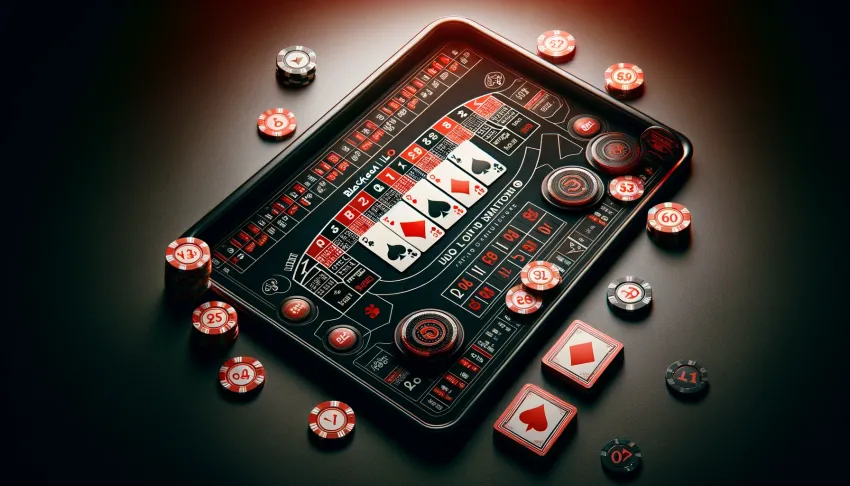Introduction to Card Counting
Ever wondered what it takes to walk out of a casino with an imposing profit? The answer is simple: having the ability to predict what’s coming next by crunching the unseen odds in your favor. One strategy that has been revered by many successful players is the Hi-lo blackjack system. This part strategy, part math, and part diligence attempt to make an accurate guess about the dealers’ hands. This is achieved based on which cards have not yet been dealt with. In this expose, we will walk you through the intriguing world of card counting.
Popular Sports Betting
Definition and Purpose of Card Counting
Card counting, as you know it, is an art, a technique used especially in Hi-lo blackjack to determine whether the next hand is likely to be a probable advantage to the player or dealer. By keeping track of the profile of cards that have been dealt and how many deck parts are left, the gambler can adjust their bets and actions for maximum profit. The key here is to understand that card counting allows players to calculate the “high” or “low” cards probability.

Brief History of the Hi-Lo System
Interestingly enough, credit for the Hi-Lo counting system goes to Harvey Dubner, a mathematician who improved upon another card-counting system. Over time, his method morphed into the Hi-lo blackjack system, which gained prominence in the 1960s. It is simple, yet robust, and can turn the house edge from a 0.5% disadvantage into a substantial, near 1% advantage for the player.
Basics of The Hi-Lo Counting Strategy
The Hi-lo blackjack method, also known as the High-Low counting cards strategy, assigns a positive, negative, or zero value to each card value available. The player then adds and subtracts values based on the cards played. In the version of hi lo blackjack counting cards, the process remains consistent.
The Values Assigned to Each Card
In the hi lo blackjack system, each card is given a value. The values are grouped as follows: cards 2-6, cards 7-9, and, lastly, 10, Jack, Queen, King, and Ace.
Cards 2-6 are Counted as +1
In the Hi-lo blackjack system, cards two through six are each valued as +1. This indicates that these cards, when taken out of the deck, slightly raise the player’s advantage.
Cards 7-9 are Neutral (0)
Subsequently, cards seven through nine hold a neutral value of zero in the blackjack hi lo system. They bring no significant change to the game’s dynamics in terms of swinging the advantage towards either the player or the house.

10, Jack, Queen, King, and Ace are Counted as -1
Any card from 10 (including Jack, Queen, King) to Ace is counted as -1 in the high-low blackjack system. These are the high-value cards, and obviously, their absenteeism from the deck tilts the odds in the dealer’s favor.
Starting the Count at Zero with a Freshly Shuffled Deck
Every card counting journey starts at zero with a freshly shuffled deck. To determine your next move, you need to keep a ‘running count’ in your head. This means you must consistently add or subtract values as every card is dealt, and remember, this isn’t only from your hand. If you implement this strategy with precision, the high low blackjack game style can be your path towards big winnings. Remember, it requires practice to attain mastery, but once achieved, you can sway the odds in your favor.









